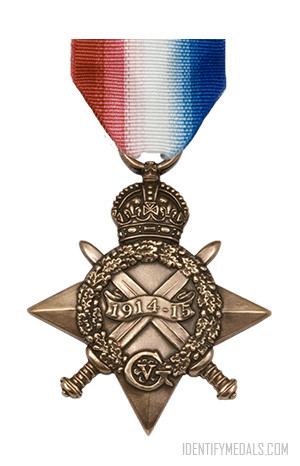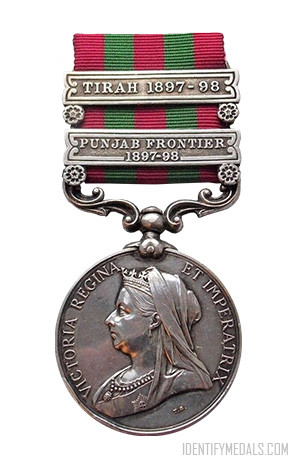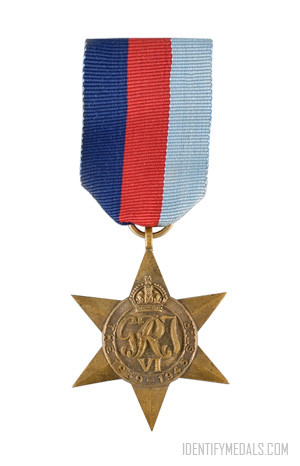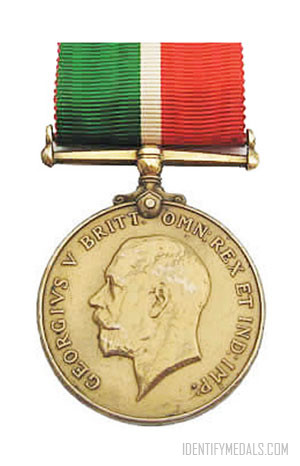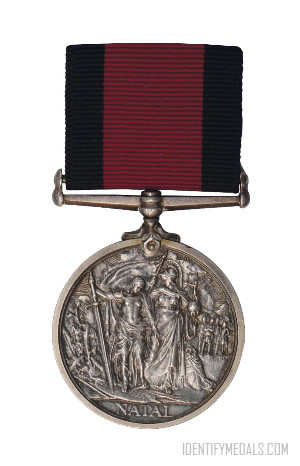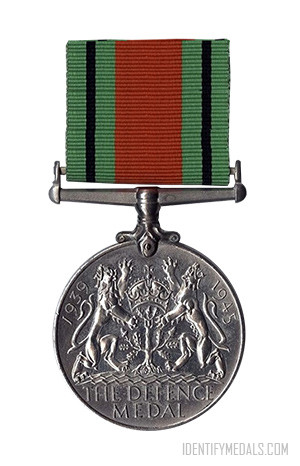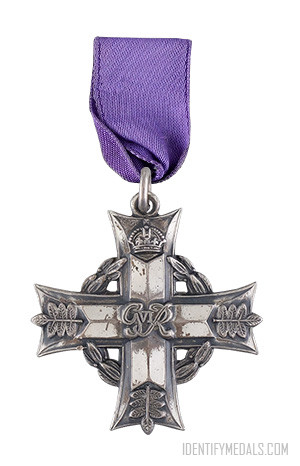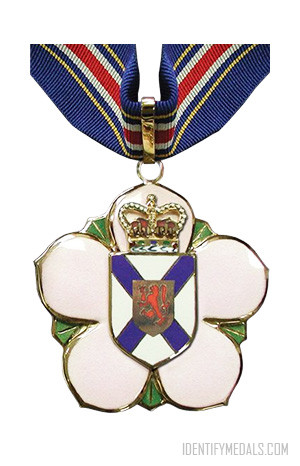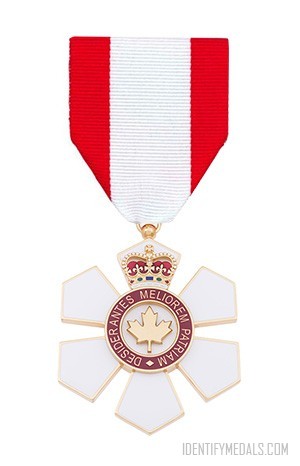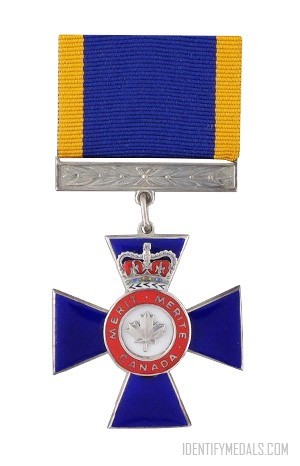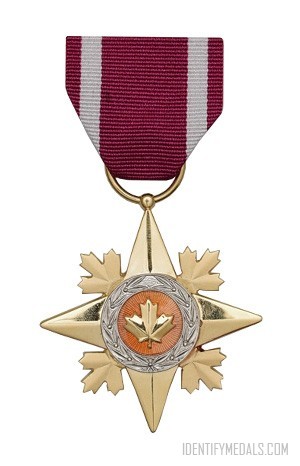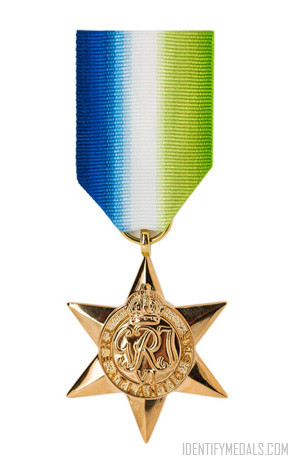- Time Period: The Great War
- Year of Institution: December 1918
- Country: Great Britain, Australia
The 1914–15 Star is a British Empire campaign medal awarded to officers and men of British and Imperial forces who had served in any theatre of the First World War against the Central European Powers during 1914 and 1915.
Excluded from eligibility for the medal were the people who had already qualified for the award of the 1914 Star, the Africa General Service Medal, and the Khedive’s Sudan Medal of 1910.
The medal was never awarded singly, and recipients were also awarded the British War Medal and the Victory Medal.
The 1914-15 Star Awardees
Some 2,366,000 medals were awarded to soldiers and supporting personnel of British military forces and the various forces of the British Dominions, India, and the Colonies. The 1914-15 Star was awarded to a significant number of British and Imperial servicemen who served in specified theaters of World War I, particularly those who served in France and Belgium during the early years of the conflict.
While many received this medal, here are five notable individuals who received the 1914-15 Star:
Winston Churchill: Winston Churchill, who would later become Prime Minister of the United Kingdom during World War II, served as First Lord of the Admiralty during World War I. He received the 1914-15 Star for his service in the Royal Navy during the conflict.
T.E. Lawrence (Lawrence of Arabia): Thomas Edward Lawrence, better known as Lawrence of Arabia, served as a British liaison officer in the Arab Revolt against the Ottoman Empire during World War I. He received the 1914-15 Star for his contributions to this campaign.
John McCrae: Lieutenant Colonel John McCrae was a Canadian physician and soldier best known for writing the famous war poem “In Flanders Fields.” He served as a medical officer and received the 1914-15 Star for his service on the Western Front.
Douglas Haig: Field Marshal Douglas Haig was the commander of the British Expeditionary Force on the Western Front during World War I. He played a significant role in the early years of the conflict and received the 1914-15 Star for his leadership.
Wilfred Owen: Wilfred Owen is a renowned English poet known for his powerful and poignant war poetry. He received the 1914-15 Star for his service as a soldier on the Western Front, an experience that profoundly influenced his poetry.
The 1914-15 Star Design
The medal is a four-pointed star of bright bronze, ensigned with a crown. It measures 50 millimeters high (62 millimeters including the ring suspension) and 44 millimeters wide.
The central motif of the 1914-15 Star’s obverse features a large, raised, and five-pointed star with the year “1914” on the top arm and “1915” on the bottom arm, separated by a horizontal scroll-like line. The years represent the time period for which the medal was awarded, covering the early years of World War I. There are also two crossed gladii (swords) with their blades upwards and overlaid by a wreath of oak leaves. In the center of the star, beneath the year “1915,” there is a royal cipher. The cipher typically consists of the reigning monarch’s initials.
The reverse is plain, unadorned, and is impressed with the recipient’s number, rank, and name.
Suspension: The medal is attached to a ribbon by a small ring at the top of the star. This ribbon is used to wear the medal, typically on the left breast.
Ribbon: The ribbon for the 1914-15 Star is a watered ribbon with a central red stripe flanked by two narrow white stripes, which are themselves flanked by two narrow blue stripes. The red stripe represents the British Army, the blue stripes the Royal Navy, and the white stripes the French Republic. The combination of these colors symbolizes the cooperation between British and French forces in the theaters of operation for which the medal was awarded.
Related Medals
The ‘Pip’, ‘Squeak’, and ‘Wilfred’ medals were British military decorations established during World War I. The Pip Squeak was the 1914 Star, the Wilfred was the British War Medal, and the Pip was the Victory Medal.
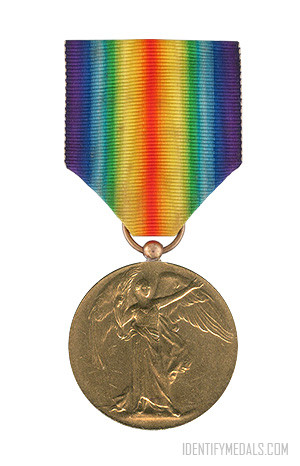
The Inter Allied Victory Medal (Great Britain)
The Victory Medal (also known as Inter-Allied Victory Medal) is a United Kingdom and British Empire First World War campaign medal.
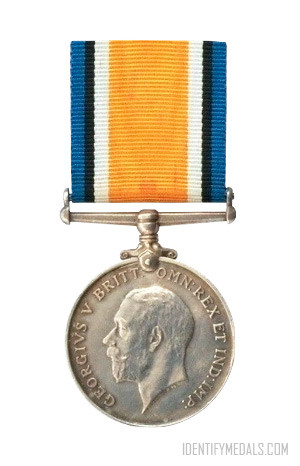
The 1914-1920 British War Medal
The 1914-1920 British War Medal (also known as ‘Squeak’) is a British Empire campaign medal presented for service during World War I.
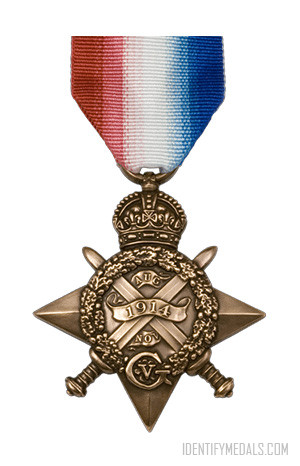
The 1914 Star
The 1914 Star, ‘Mons’ Star or ‘Pip’ is a British Empire campaign medal instituted in 1917 and presented for service during World War I.

